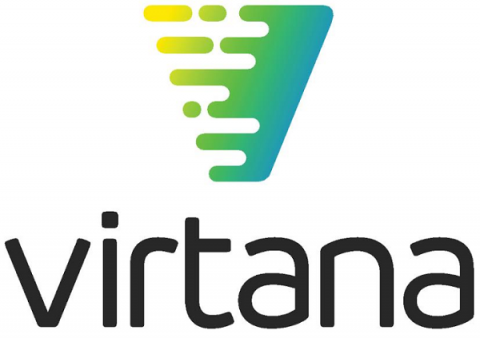Operations | Monitoring | ITSM | DevOps | Cloud
November 2021
Cloud Elasticity: What Happens When You Lose Control
In an on-premises environment, you have to pay for the capacity you have regardless of whether you’re using it, and you can’t exceed that capacity without purchasing and provisioning new hardware. In the cloud, however, you have much more flexibility thanks to cloud elasticity, which is the ability to automatically provision or deprovision resources based on workload changes.
Is FinOps All Talk and No Walk?
I am a big proponent of cross-functional alignment, as I remnded our ELT at a recent off-site meeting. There’s a lot of buzz about FinOps bringing financial accountability to cloud spend by eliminating procurement siloes and implementing cross-functional best practices. As the CFO of a SaaS company, I fully support this practice. In fact, Virtana recently made some changes to our cloud infrastructure as part of our own evolution.
Cloud Infrastructure Without the Headaches
Cloud infrastructures have introduced increasing levels of complexity—you have to manage workloads across on-premises, private, and multiple public cloud environments. This requires you to migrate efficiently, optimize effectively, and stay rightsized on an ongoing basis, all while meeting evolving business requirements. With so many moving parts, it can be a massive challenge with lots of pitfalls that can cost you time and money and even put your business results in jeopardy.
More Clouds, More Tools, More Problems
Organizations need tools to manage their infrastructure, which today is expanding beyond the data center to include multiple public clouds. In fact, in a recent survey of hybrid cloud decision makers, we found that the vast majority of respondents (88%) have placed more than one-quarter of their workloads in the public cloud, and 44% indicated that they’re running more than half of their workloads in the public cloud.



